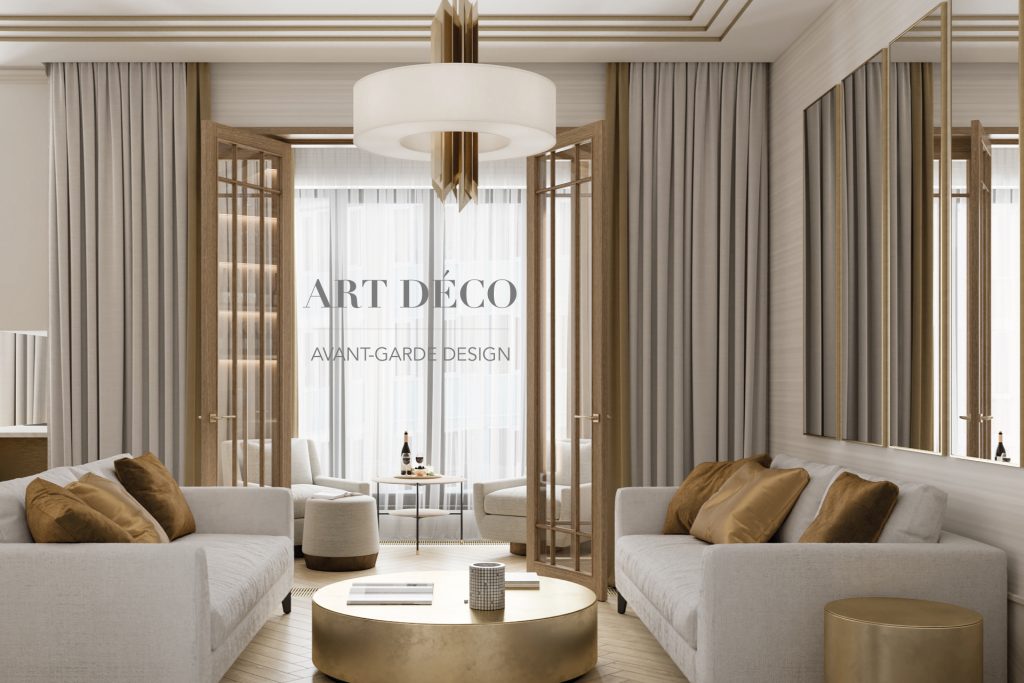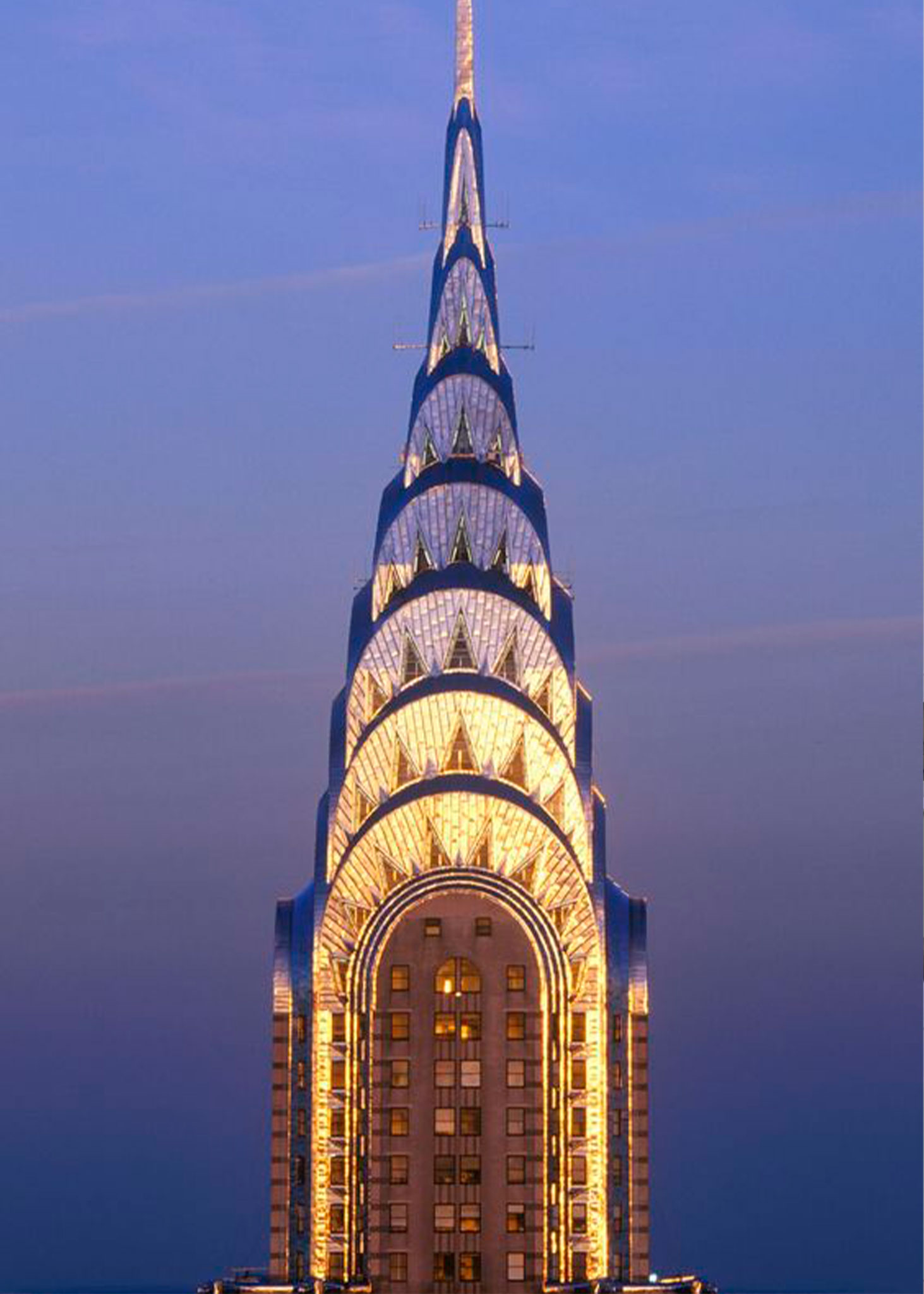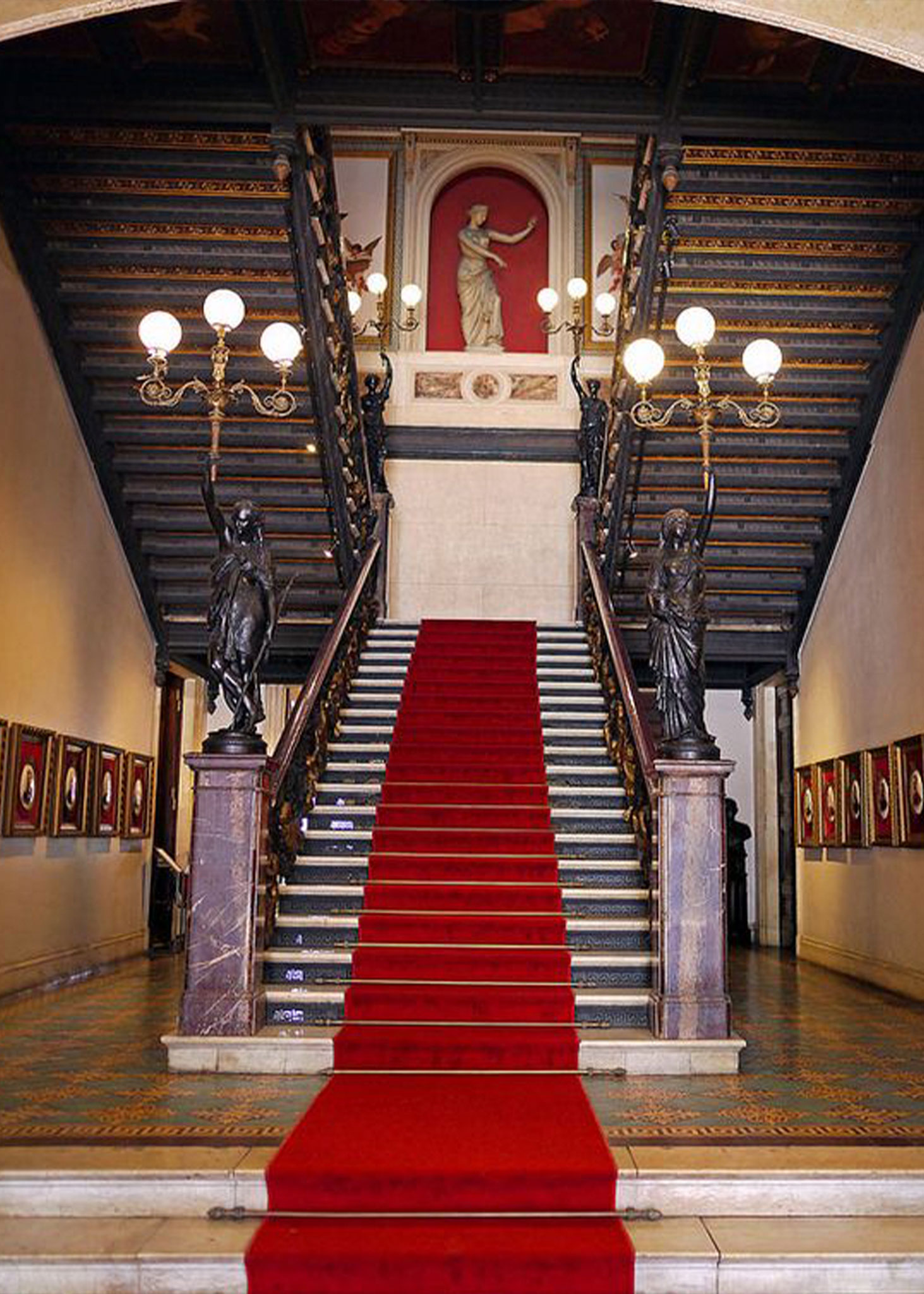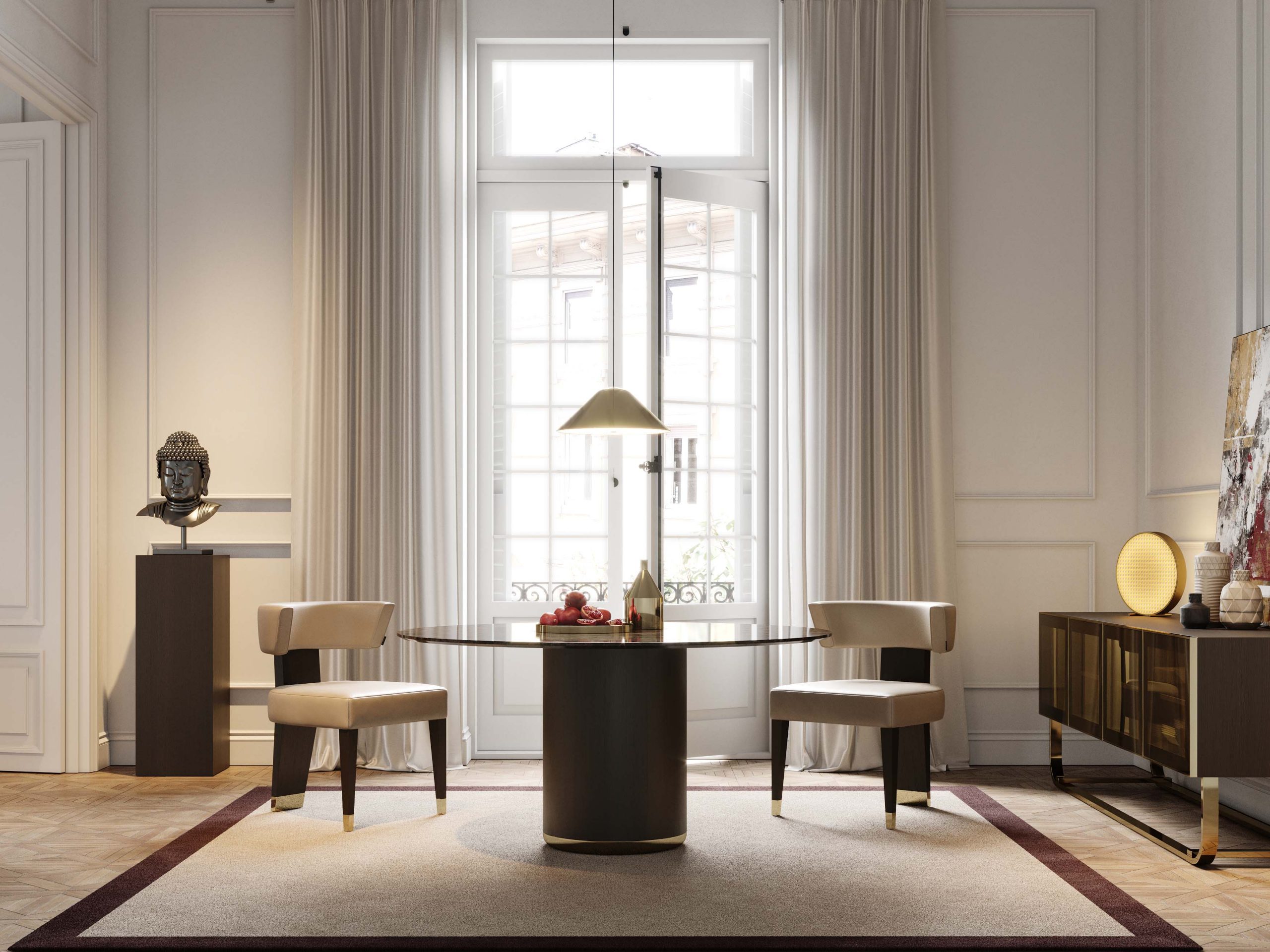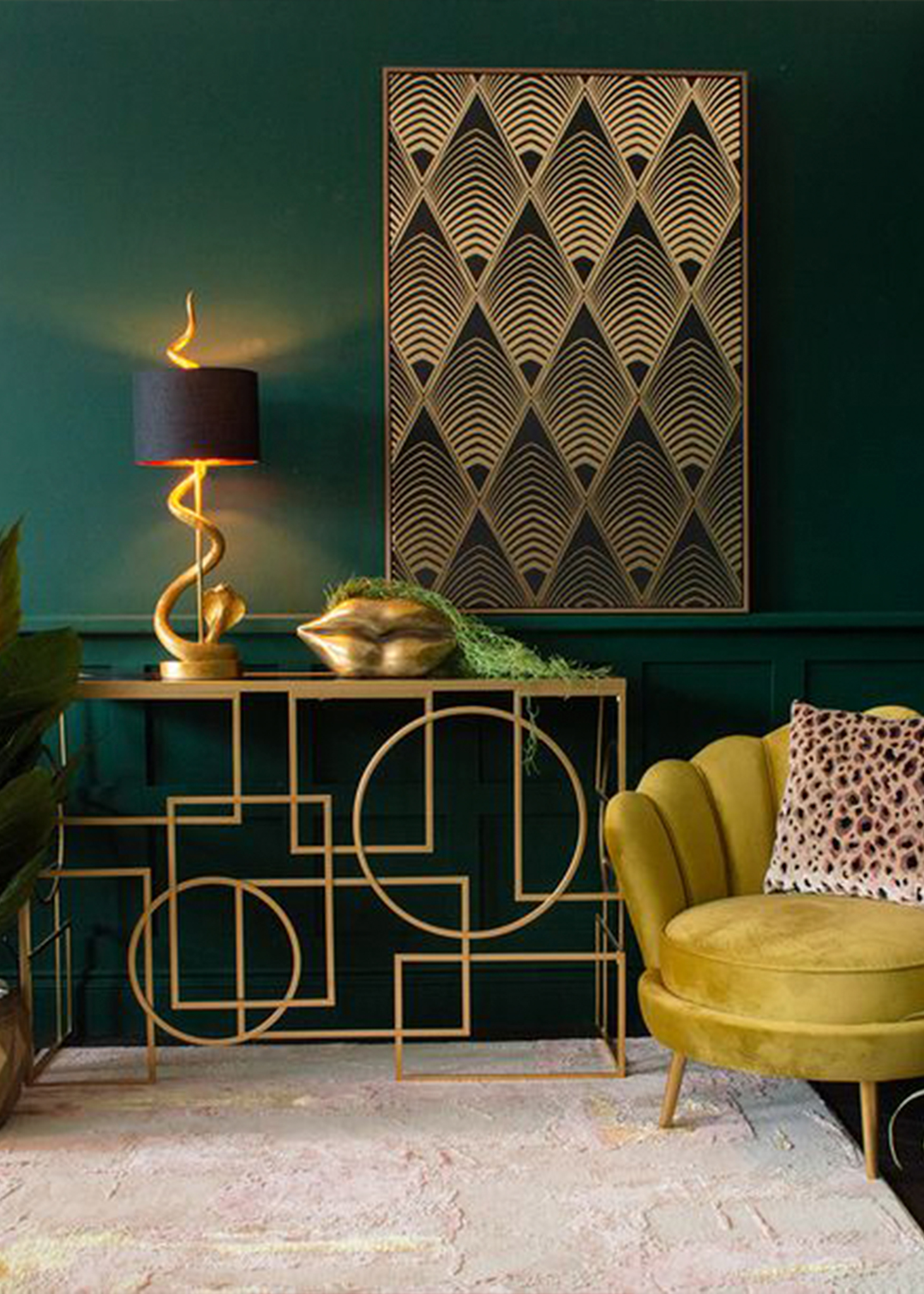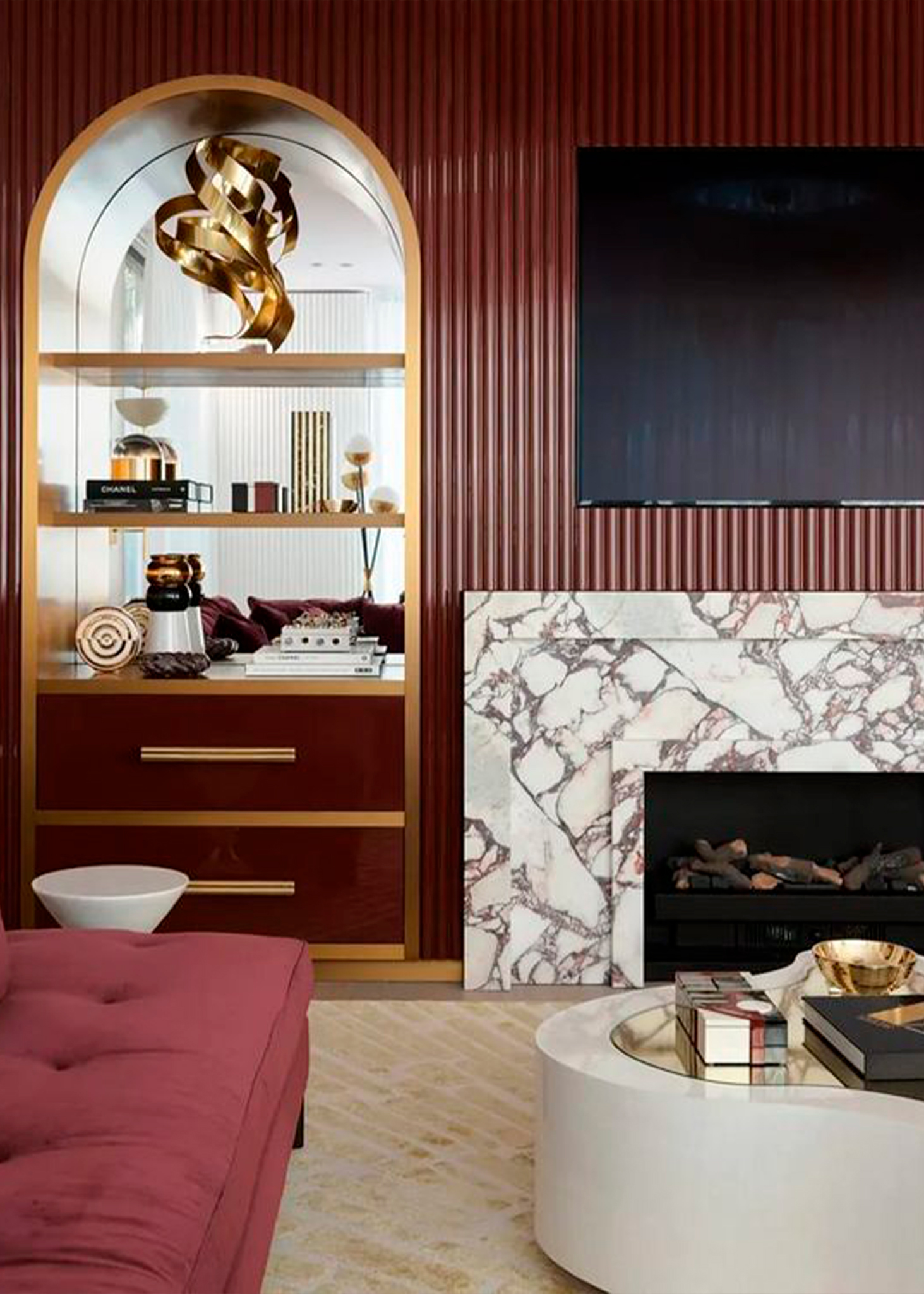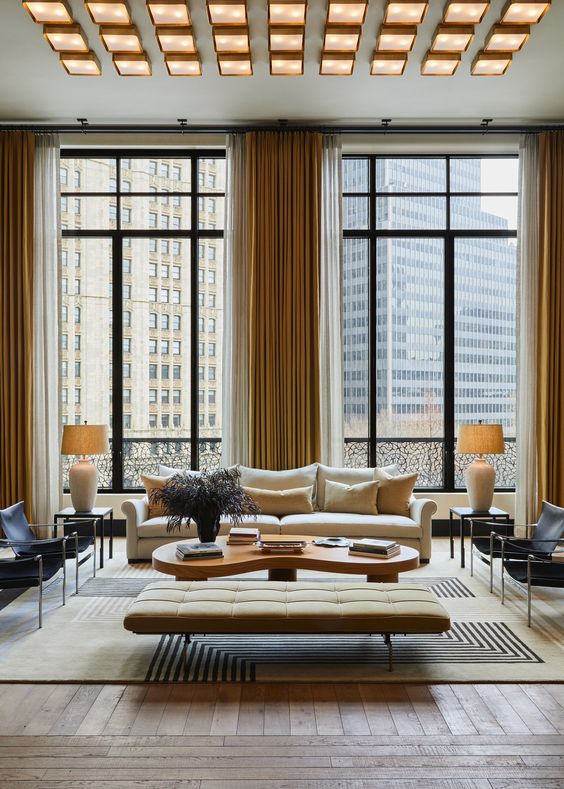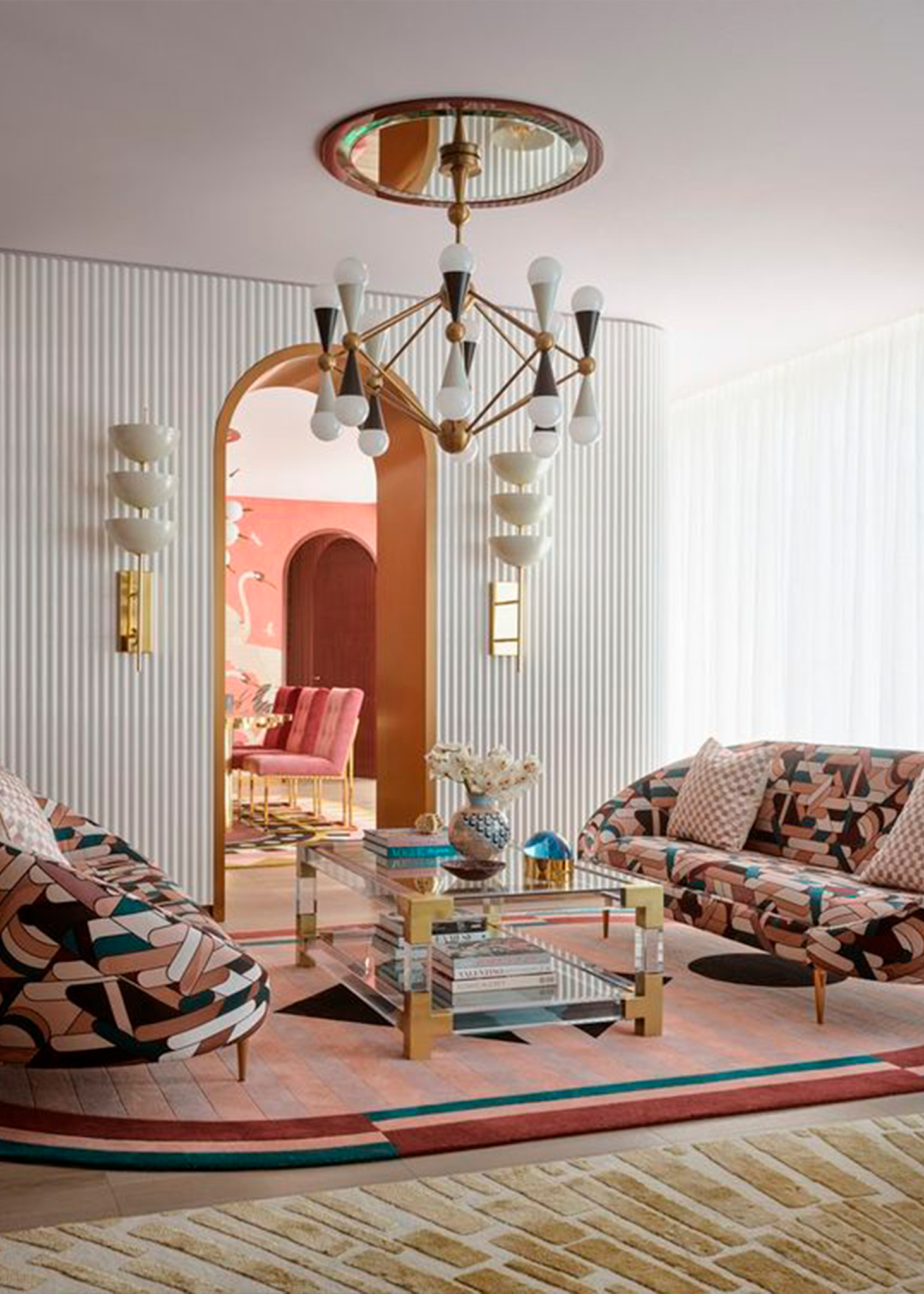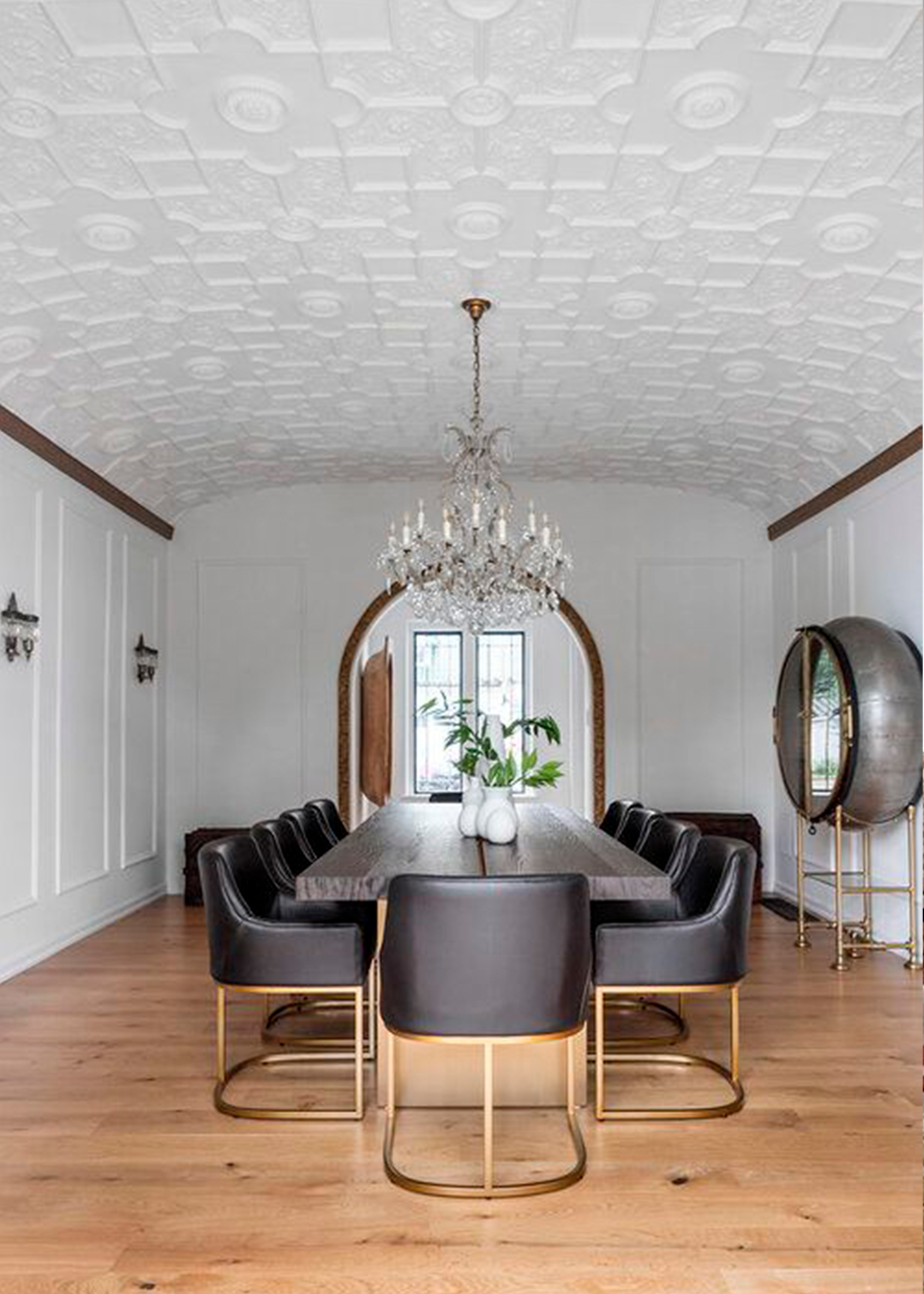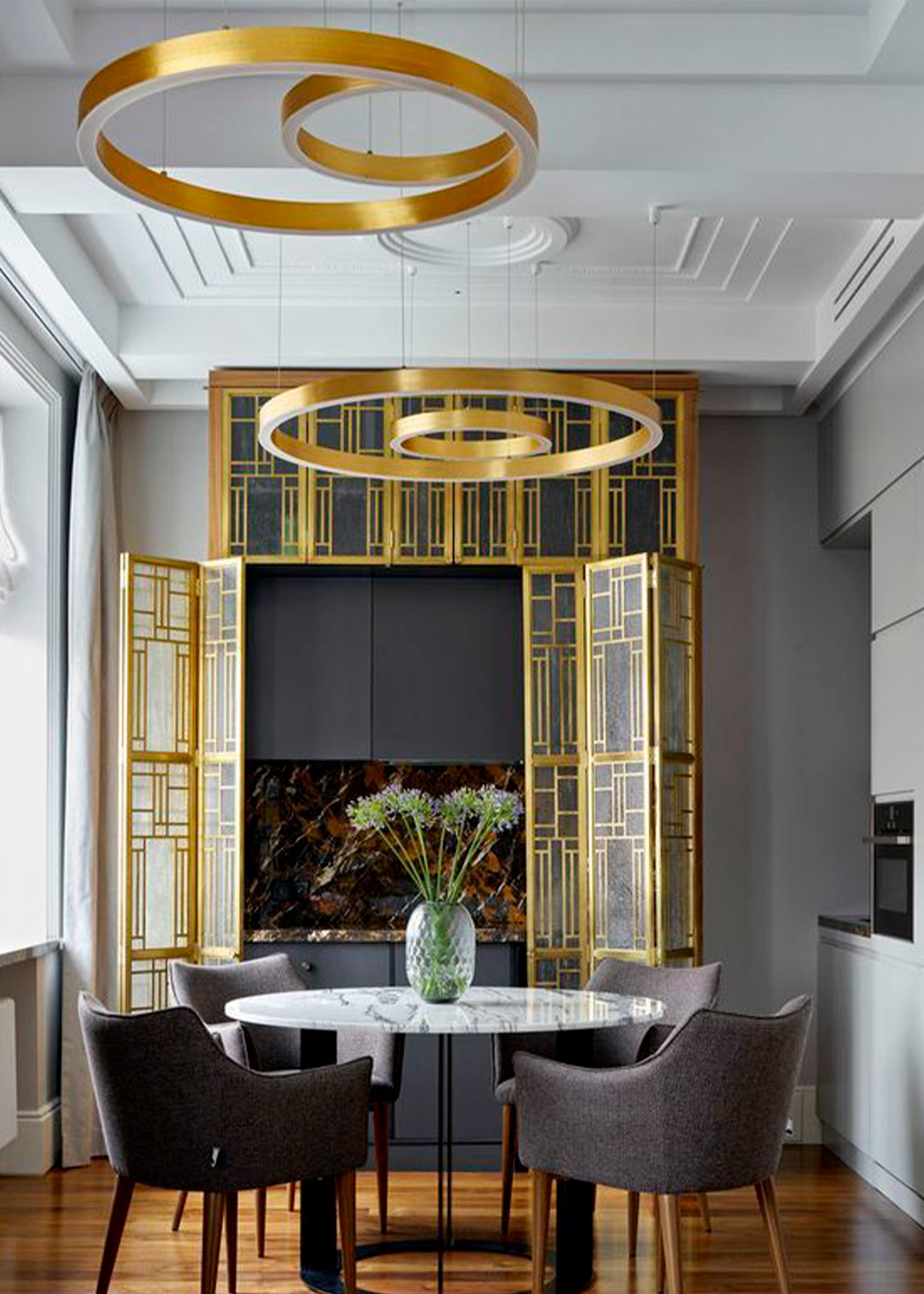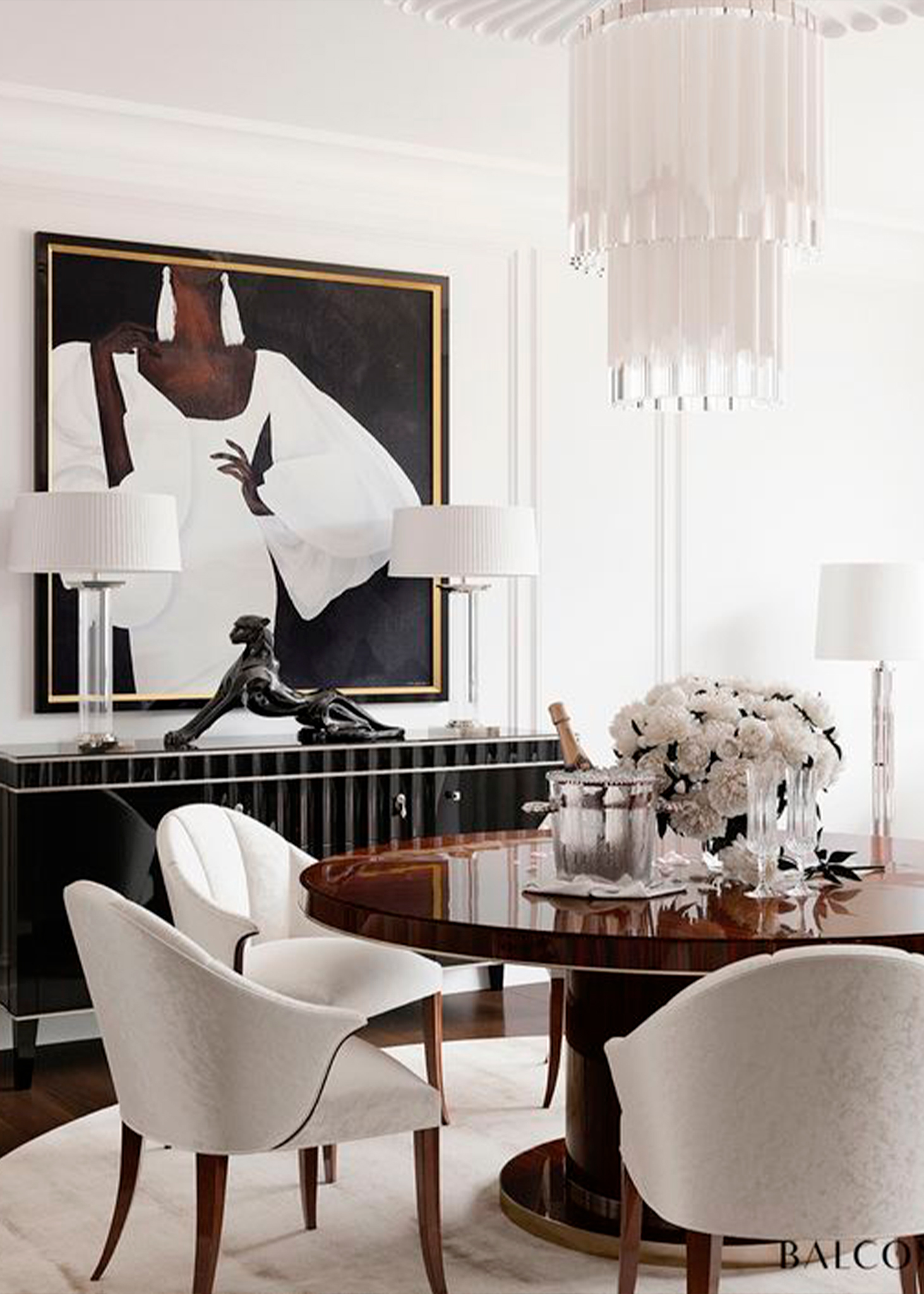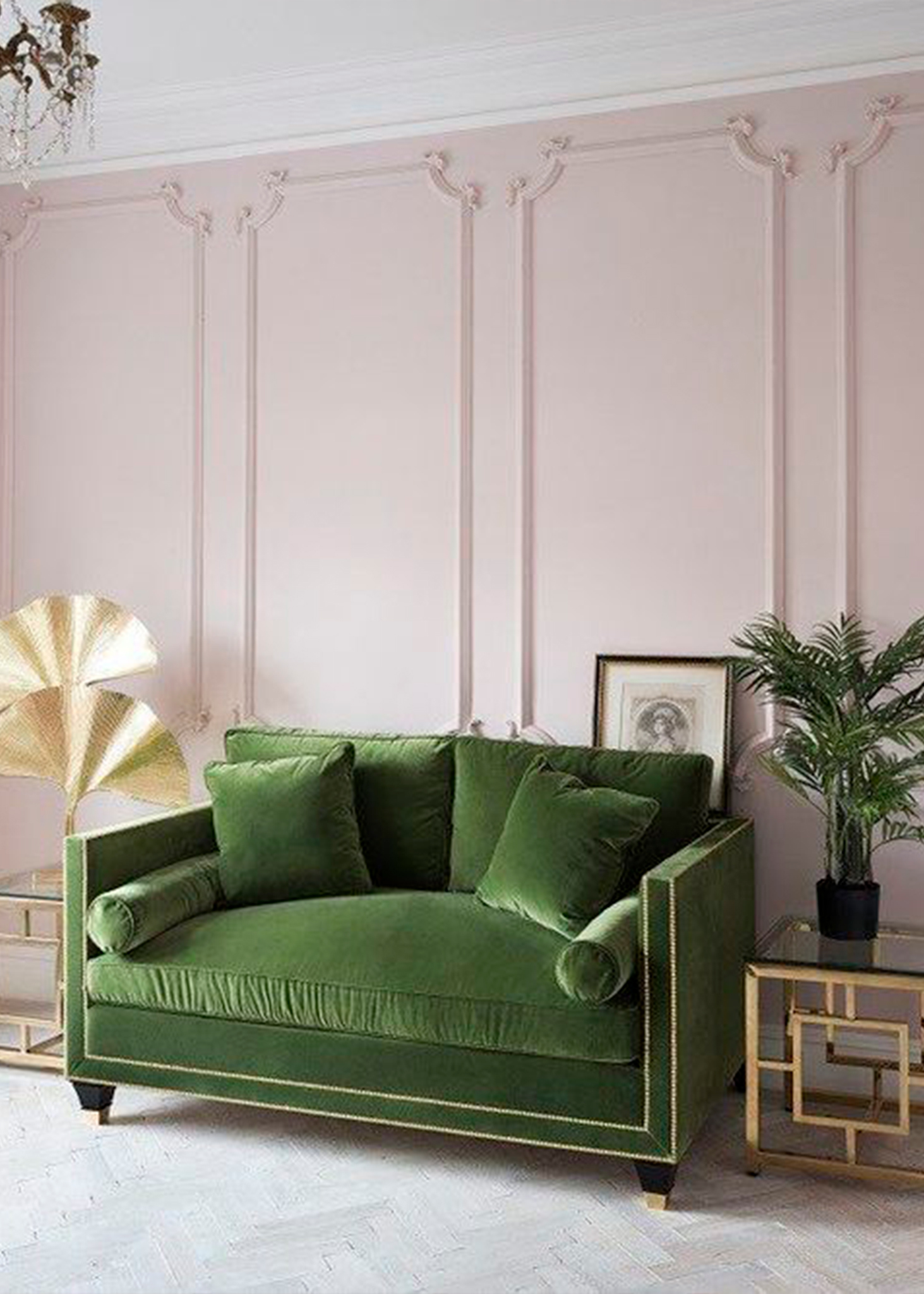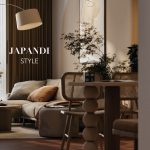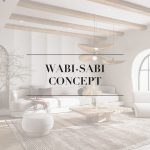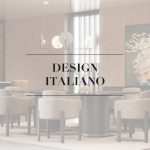One of the most iconic and recognized interior design styles of the early 20th century, Art Deco is characterized by its elegant, luxurious aesthetic with a strong emphasis on geometry and ornamentation. It includes the use of exotic materials, bold colors, and linear decoration.
This is a concept that draws on classic inspirations to showcase the best, highlighting the shine and maximalism that represents it. The term Art Deco comes from the abbreviation Art Décoratifs, and today we will talk about the eclectic glamour it embodies.
Art Deco | Avant-garde Design
Emerging in France during the glamorous 1920s, the Art Deco style was prominently showcased at the Exposition International des Arts Décoratifs et Industriels Modernes, held in Paris in 1925. Looking towards the future and celebrating modernity and progress, this style presents refined references influenced by distinct movements such as cubism, futurism, and constructivism.
The complexity of its lines left its mark on the world’s architecture, and can be seen in the design of grand historic buildings. The straight lines, geometric shapes, repeated patterns, use of luxurious materials, and elaborate decorative details inspired the construction of the Empire State Building in New York and the Palácio do Catete in Rio de Janeiro.
- Empire Building State
- Catete Palace | Rio de Janeiro
Elements of Art Deco Design
The combination of majestic design elements with bold geometric styles helped Europe and America progress into the next era. Traditional boundaries of how to design interiors were left behind, and grandeur quickly invaded homes. New materials and fabrics, intense colors, and new architectural additions conveyed to society a new way of seeing aesthetics, and automatically, their lifestyle.
- Dining room with a touch of Art Deco style
Apresentamos quais os elementos essenciais num visual de Art Déco
Geometry
This is a style that is recognised by its geometric shapes, including triangles, lozenges, circles and straight lines. Geometric shapes are often used in furniture design, interior decoration and building architecture.
- Brass console with geometric patterns | Source: Adenza
- Wallpaper with pattern in shades of blue and pink
Vibrant Colours
The colours in this concept are meant to attract the eye with a sense of irreverence. Strong colours such as bright yellows, dark reds, greens, blues and pinks are combined with silver, black and gold. The use of strong, contrasting colours is a common feature of the style, enhancing from soft, neutral backgrounds, interspersed with metallic accents.
- Red colour in living room decor
- Living room in an Art Deco design
Luxurious materials
Sumptuous materials are a signature of the Art Deco style, namely marble, gold, bronze, glass and fine wood. Nothing represents this philosophy more than brass. Whether in chairs, lighting, details, this material vibrates luxury and ostentation like no other has ever made it happen.
- Marble and brass details in the Elegant Entrance Hall
- Modern Art Deco design
Lighting
Art Deco uses lighting as an integral part of the design, with lamps and lamps often used as decorative elements. These were usually made of glass and chrome, with coloured and white glass also common. The historical influence of ancient art, such as Egyptian and Greek art, and by the streamlined forms of the modern movement, making the aesthetics of this style.
- Living room with irreverent pieces of furniture
- Crystal chandelier in dining room
- Brass ceiling lamp
Furniture and Fabrics
The furniture of this style tends to be of voluminous proportions and with strong and simple lines. The materials are in exotic wood with rare textures, always accompanied by a touch of gold and abstract patterns, the fabrics of this style are usually solid colours or geometric designs. Velvet is a regular presence in this style for its appearance and soft touch that provides environments.
- Dining table lacquered round high gloss
- Sofa in green velvet fabric
- Dining chairs in navy blue velvet fabric
